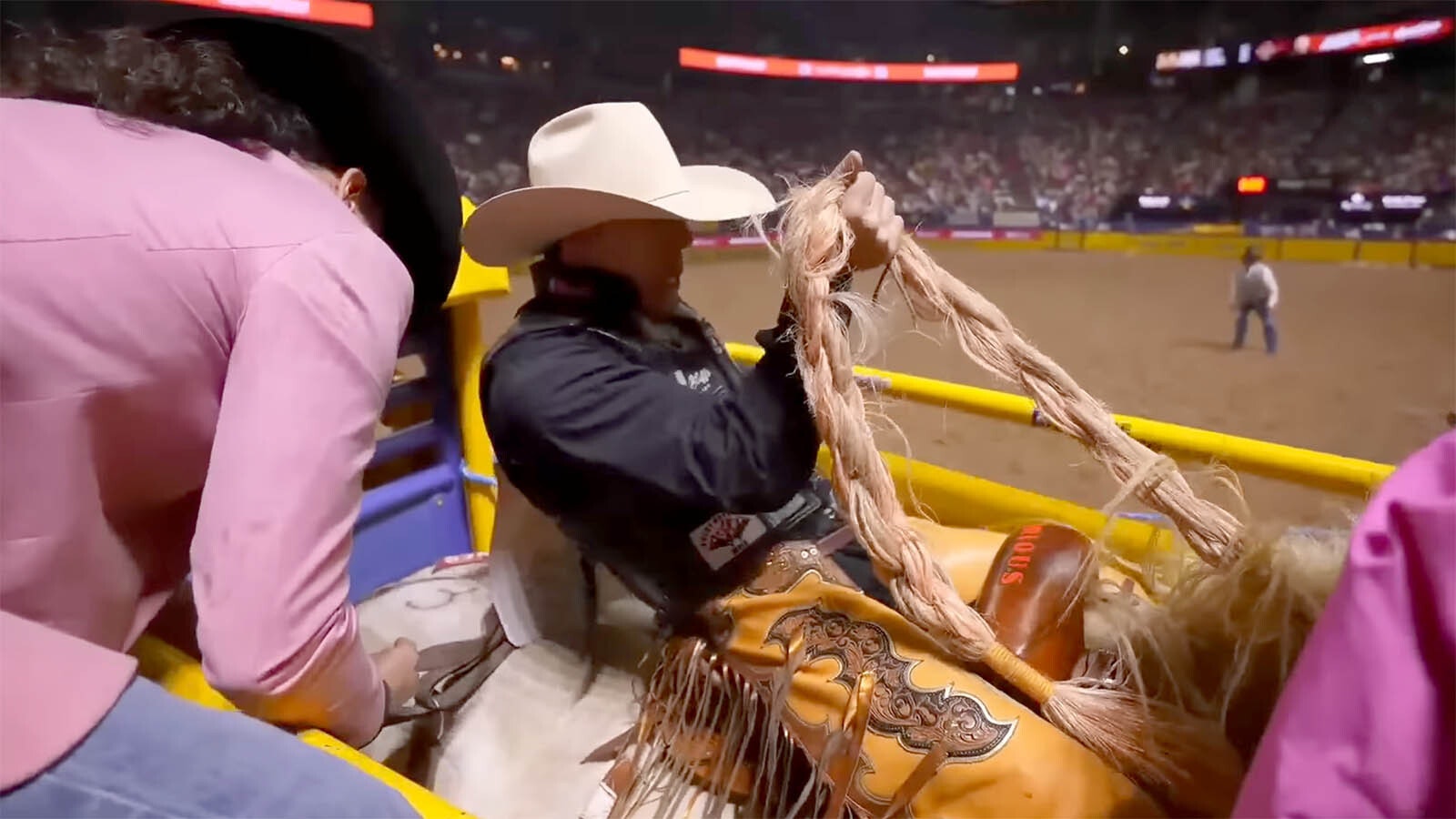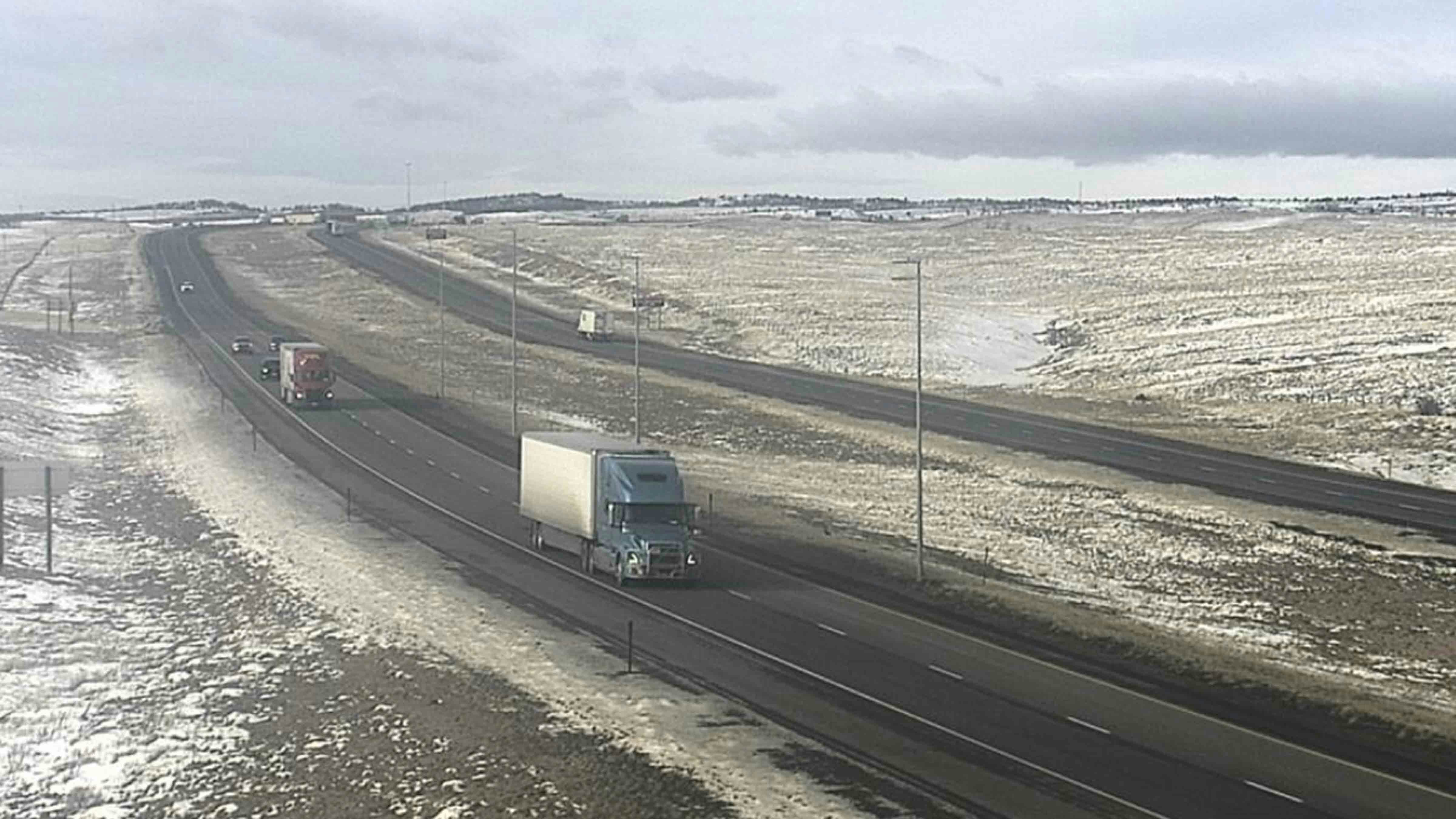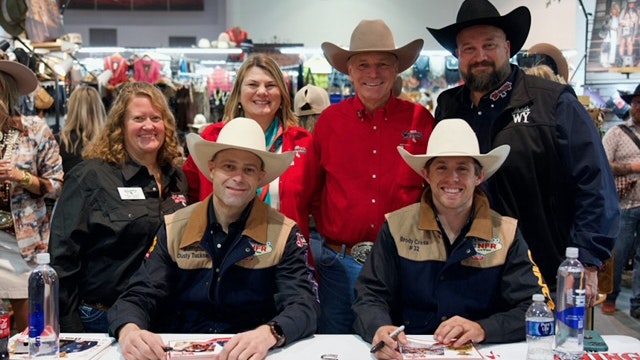CASPER — During its short existence from April 1860 to November 1861, Pony Express mail riders would stop at the 2,000-mile route’s northern-most station on the grounds of what is now Fort Caspar Museum to change horses.
Museum Director Rick Young hopes that legacy will become a more permanent part of the museum’s future. A friend of Young’s, who was a collector and historian, died and left a treasure trove of artifacts valued at $1.5 million, including an important collection of Pony Express artifacts. His wish was that they go to the museum.
There are so many artifacts that Young believes the museum would have to expand to accommodate them.
The collection is now at the home of the late Joe Nardone of Laguna, California.
Though Nardone died in 2021, his desire to pass a big chunk of his collection to the Fort Caspar Museum remains alive. But before the museum can take possession, it must complete a feasibility study asked for by the city of Casper to determine how and if the artifacts would impact museum operations.
The Collection
“There’s paintings and bronzes, saddles, there’s stuff tied to the (Buffalo Bill) Wild West Show, stuff related to the National Pony Express Association … kids’ games and souvenirs, a lot of material culture 20th century stuff that carried on that popularity,” Young said. “There is also pretty extensive archives and some really unique transcontinental telegraph material.”
Young said he took a trip to Nardone’s home in 2019 and spent a couple of days with him going through the collection that represents the former real estate investor’s nearly 40-year fascination with the Pony Express trail.
Nardone commissioned 105 paintings that reflect various events that happened along the trail, and each painting also has a note that reflects the story behind the event.
The collection would require a new addition to the museum, Young said.
“I can come up with off the top of my head seven really big exhibit pods that we can do in addition to the artwork that we’ve got to show,” Young said. “You start with Buffalo Bill and the Wild West Show, which is what made the Pony Express famous. Otherwise (the Pony Express) is a 19-month blip in history. And then you end with the telegraph and this collection has one-of-kind telegraph stuff that put the Pony Express out of business.”

First Meeting
Young first met Nardone in Casper more than 35 years ago. Nardone stopped at the museum to chat while on one of his many trips along the trail. The pair developed a friendship and Nardone would stop every time he traversed the trail.
“I don’t know how many times he did it. I know he did it by horseback. I know he walked and jogged the trail. I know he did it by mountain bike, dirt bike. I know he did it in a four-wheel drive. I know one time he golfed it,” young said. “He did the whole trail.”
The Los Angeles Times in 1994 profiled Nardone after he walked the trail. He told the reporter he had five rattlesnake encounters and dealt with 15 blisters on the journey.
“I wanted the credibility of being more than an armchair historian. I wanted to go out there to get the sense of the trail, the feel. For that it worked,” he told the paper.
Another profile of Nardone, this one by the California State Library Foundation in 2020, states he began his research in 1982.
“He has participated in the marking of Pony Express stations along the trail and mapped every Pony Express mile,” the article stated. “Over the years, Joe visited, in his words ‘every repository you can think of from coast to coast. Going through their archives and reading all the newspapers in print in the 1860s.”
Young saw extensive archive material in Nardone’s collection, and he believes some of it is still available for Fort Caspar Museum if the project works out.
Feasibility Study
The project hinges on the feasibility study. The museum has identified an expert from Texas who can do that study. It’s waiting for her response to their request.
The study, estimated to cost between $15,000 and $25,000, will be paid for by the Fort Caspar Museum Association and would examine the potential for drawing more people to the region, as well as costs related to construction of an addition and ongoing operations.
Young hopes the study can be completed by the end of summer.
City Parks, Recreation and Public Facilities Director Zulima Lopez and Recreation Manager Phil Moya in a memo to the Casper City Council advises that the collection could potentially be a big draw for the museum because of an international interest in the Pony Express.
“A collection of this kind could generate fundraising opportunities at a national level, as well as open more opportunities for cultural and historical grants, to construct an addition to the museum,” they wrote. “A museum that owns a collection of this kind offers private collectors an appealing place for their related items to be donated, growing the collection even further over time.”
Nardone’s widow has had the collection appraised to establish its worth at about $1.5 million and has agreed to hold the collection pending the feasibility study.
National Interest
Housing the collection would also allow the museum to seek a “national museum” designation, which would further help draw visitors to Fort Caspar and the area. The Pony Express National Museum in St. Joseph, Missouri, saw 34,000 visitors in 2022 compared to 13,000 visitors for Fort Caspar.
In addition to his Pony Express artifacts, Young said Nardone’s collection related to the transcontinental telegraph includes pieces that are hard to come by.
While Nardone was a Pony Express buff, the telegraph was what put the Pony Express out of business after such a short run.
“When he found telegraph poles out in the middle of the desert in Nevada, he collected three or four of them and we were one of the museums that got one,” Young said. “He helped us with the telegraph exhibit down in the fort buildings, setting up that telegraph storeroom. He had access to boxes that the insulators were sent in and the wooden shields (for the insulators) were sent in. We were able to reproduce those and reproduce the insulators.”
Young’s vision is to build an addition that would not only house the Nardone collection, but which would have another space for a separate collection from the Tripeny drug store. The store operated in downtown Casper from the early 20th century through the 1960s. He would also combine the drug store space with some Casper memorabilia. The plan is to create a display that gives visitors a real sense of walking an old-time drug store with its soda fountain.
For now, it’s just a dream.
“The big thing now is to get this feasibility study done and see where we stand,” he said.
Dale Killingbeck can be reached at dale@cowboystatedaily.com.











